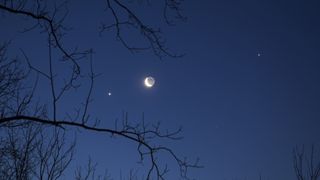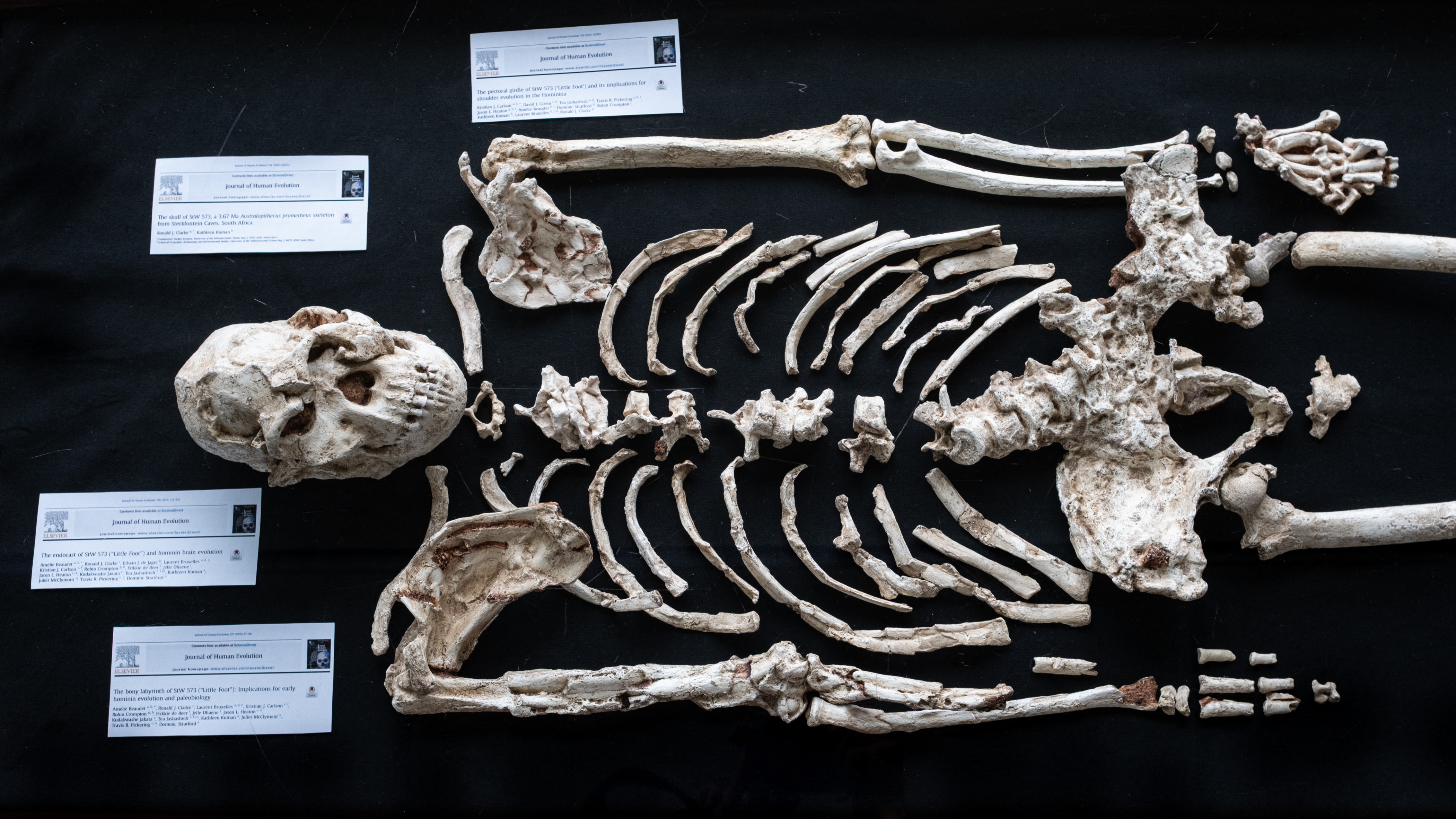Moon news, features and articles
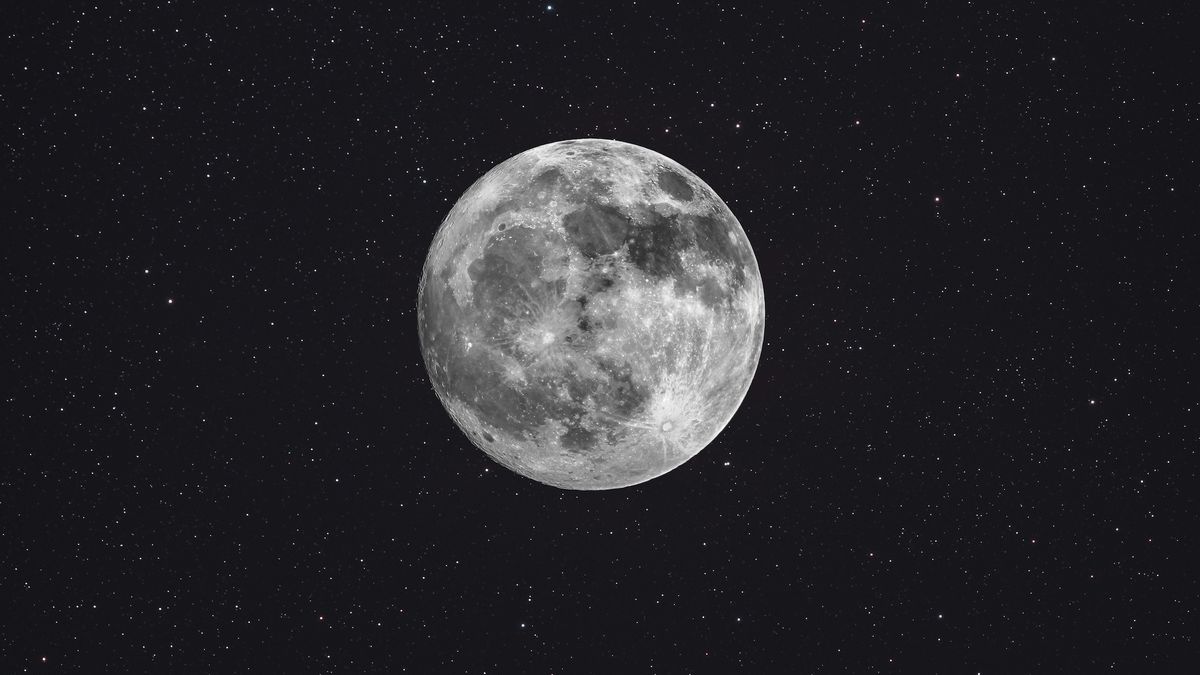
Scientists have been studying the moon for hundreds of years and have built up an incredible wealth of knowledge about our lunar companion. Live Science brings you the best moon facts and answers all of your lunar queries, from how did the moon form and whether the moon could ever be pushed from orbit to what is the "man in the moon" and why we can sometimes see the moon in the daytime. Our expert writers and editors also keep you updated on what's going on with our natural satellite, explain how you can see different lunar events, and provide coverage of new scientific discoveries, such as scientists confirming the moon has a solid iron "heart" just like Earth, and more with the latest moon news, features and articles.
Discover more about the moon
—The Moon: Facts about our planet's lunar companion
Latest about The Moon
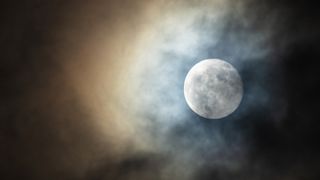
When is the next full moon?
By Jamie Carter last updated
When does the next full moon rise? Find out exactly when to see the full moons of 2025, including the full 'Cold Moon' supermoon in December.
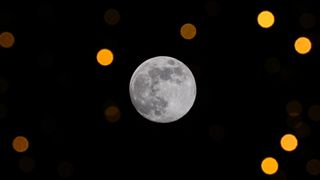
Cold Moon 2025: See the last and highest full moon of the year
By Jamie Carter last updated
The Cold Moon, the 12th and final full moon of 2025, rose on Thursday (Dec. 4) but will still appear bright and full on Friday (Dec. 5)
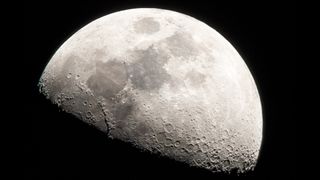
Scientists finally find explanation for lopsided cloud that follows Earth's moon through space
By Deepa Jain published
The moon's oddly skewed dust cloud may be caused by an extreme day-night temperature difference, a new study suggests.
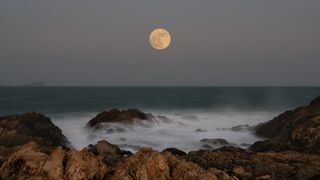
Beaver Supermoon: The biggest, brightest full moon of the year rises tonight
By Jamie Carter published
November's full Beaver supermoon will occur on Nov. 5, but it will be best seen the following evening as it rises into the sky in the east.
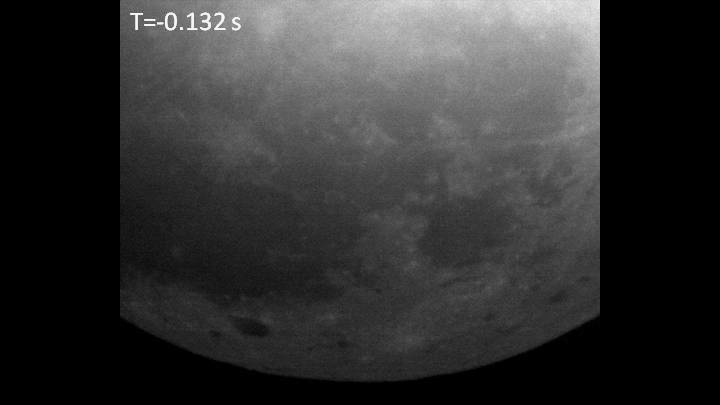
What are the mysterious lights sometimes seen on the moon?
By Deepa Jain published
Earth's moon is occasionally illuminated by flickers, glows or beams of light. What are these mysterious lights?
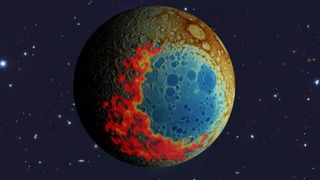
We were wrong about how the moon's largest and oldest crater formed — and that's great news for NASA's next lunar landing
By Harry Baker published
A new study has revealed that our understanding of the South Pole-Aitken basin was quite literally back-to-front, meaning astronauts on NASA's future Artemis III mission may be able to collect valuable samples of ancient radioactive material, known as KREEP.

Harvest supermoon photos: See the moon at its biggest and brightest in pictures from around the world
By Patrick Pester published
This year's full 'Harvest moon' was also a supermoon. Check out some of the best images of this lunar event with our worldwide gallery.
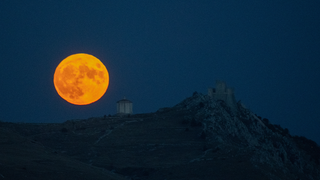
The full Harvest Moon supermoon rises tonight
By Jamie Carter last updated
The famous Harvest Moon — the first of three supermoons of 2025 — will be the first full moon of autumn when it rises tonight (Oct. 6-7).
Get the world’s most fascinating discoveries delivered straight to your inbox.



